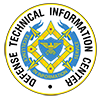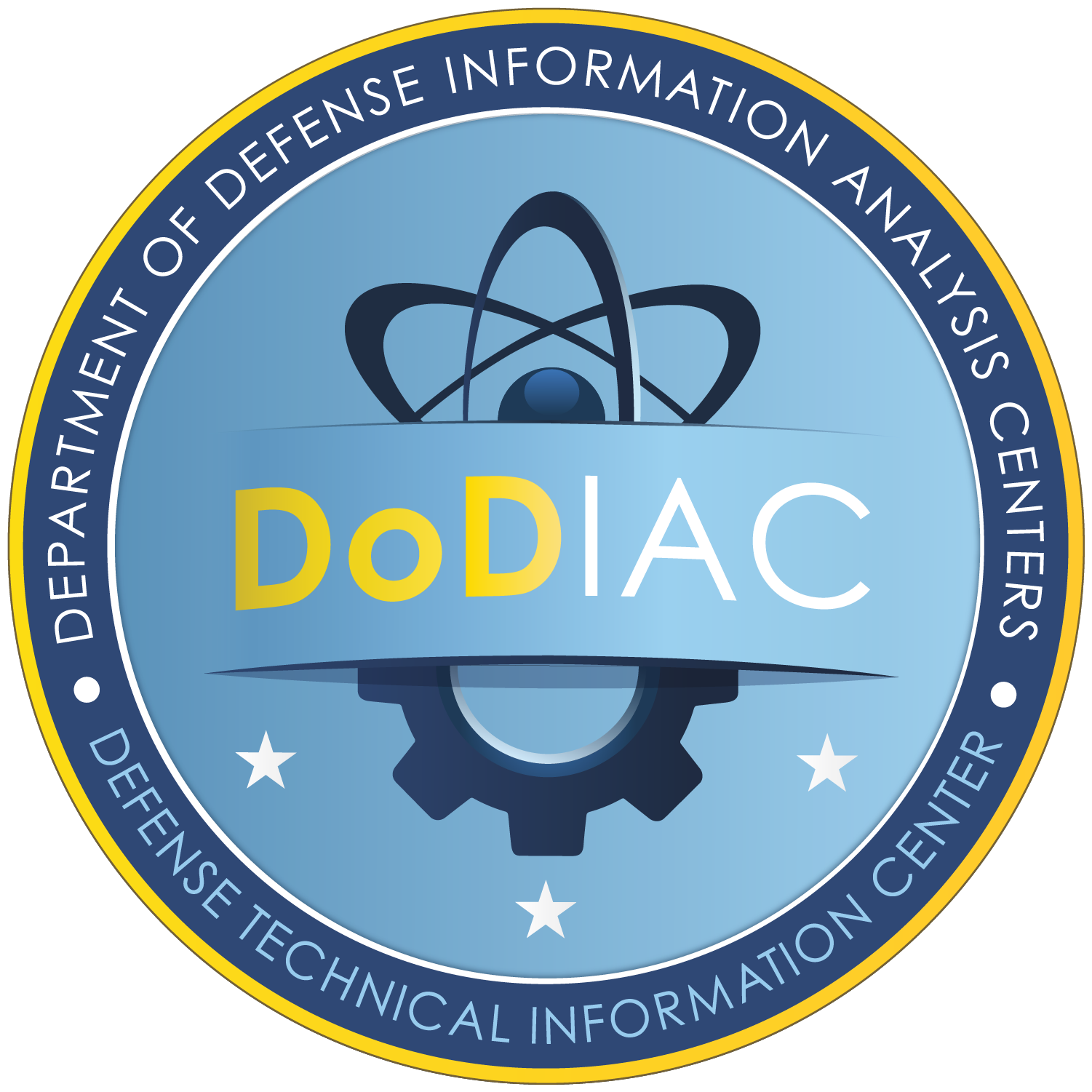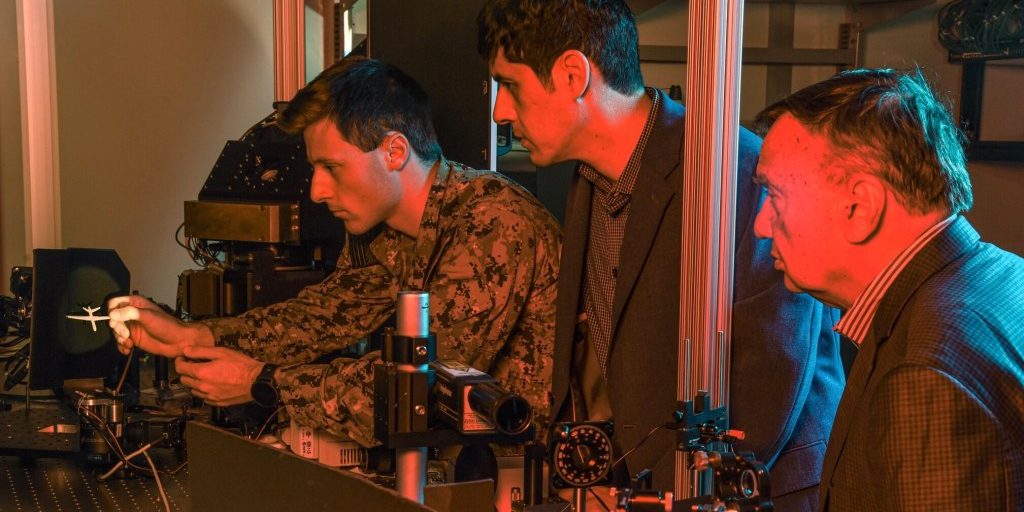MONTEREY, Calif.– Lasers enable the U.S. Navy to fight at the speed of light. Armed with artificial intelligence (AI), ship defensive laser systems can make rapid, accurate targeting assessments necessary for today’s complex and fast-paced operating environment where drones have become an increasing threat.
To counter the rapidly mounting threats posed by the proliferation of inexpensive uncrewed autonomous systems (UAS), or drones, Naval Postgraduate School (NPS) researchers and collaborators are applying AI to automate critical parts of the tracking system used by laser weapon systems (LWS). By improving target classification, pose estimation, aimpoint selection and aimpoint maintenance, the ability of an LWS to assess and neutralize a hostile UAS greatly increases. Enhanced decision advantage is the goal.


